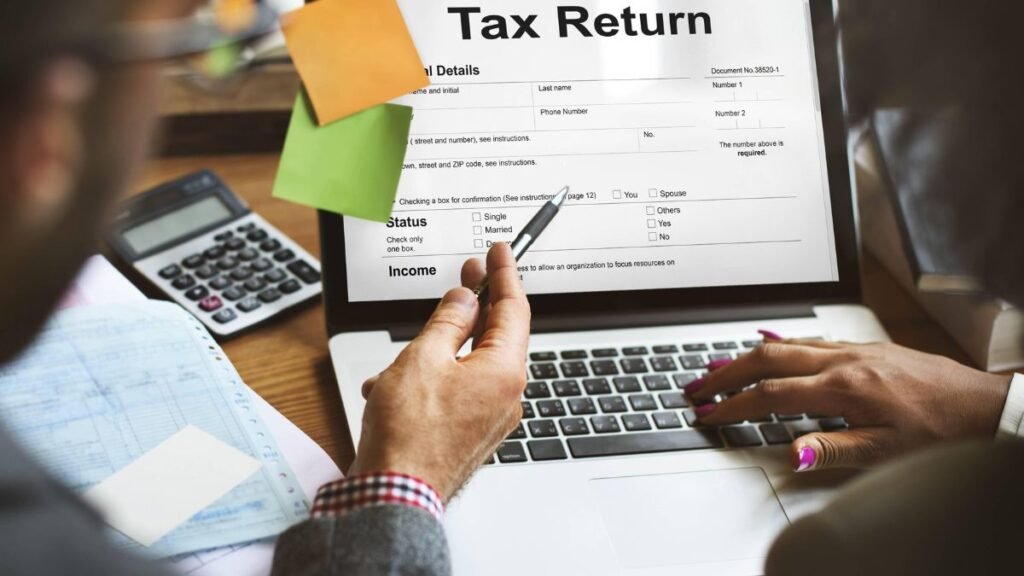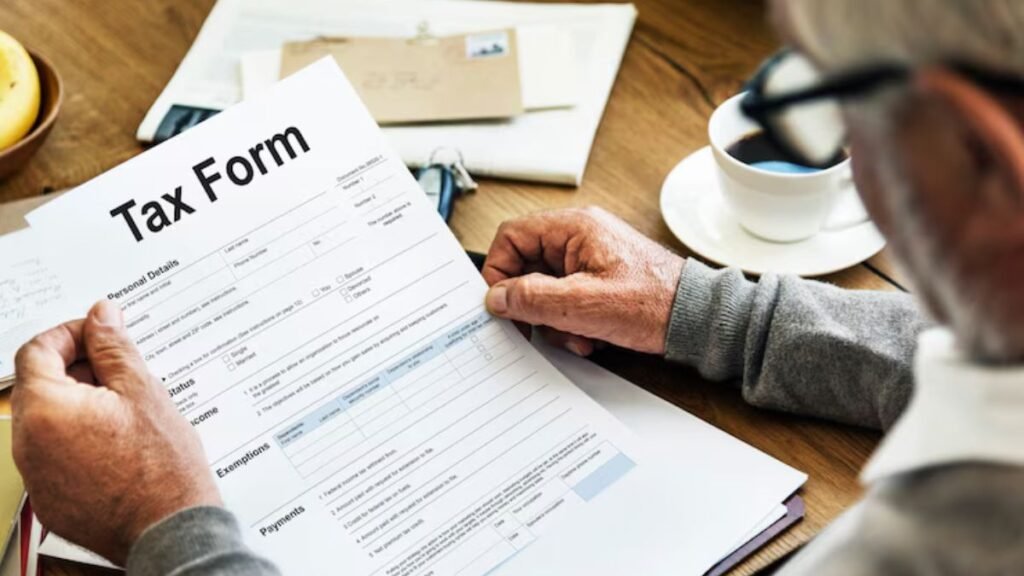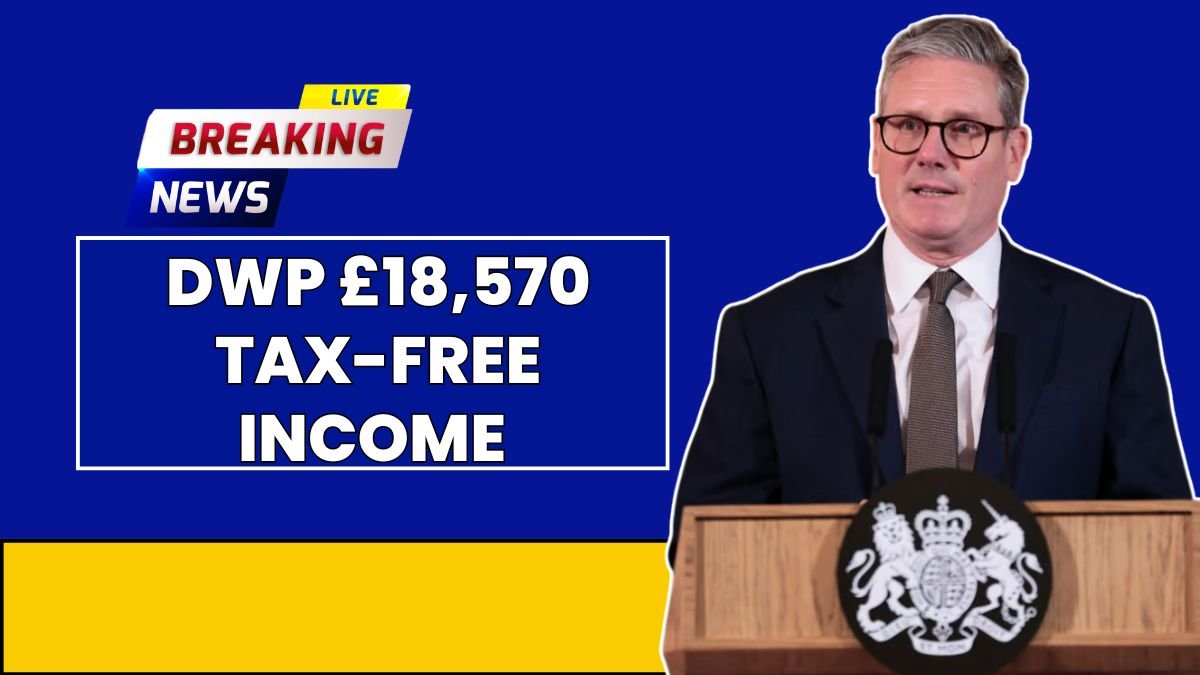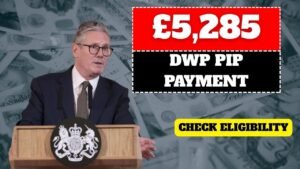Wouldn’t it be amazing to keep more of the money you earn without paying a single penny in income tax? Well, for millions of people in the UK, this is entirely possible in the 2025/26 tax year—if you understand how to use the tax allowances that are already built into the system.
Many people assume that tax allowances are complicated or that they only apply to accountants and financial experts. But the reality is different. With a little bit of planning, you could legally earn up to £18,570 without paying income tax. The best part? For most people, this happens automatically—you don’t even need to fill in extra forms.
What Does £18,570 Tax-Free Income Mean?
First, let’s clear up a common misunderstanding. This isn’t a government cash payment, a benefit from the Department for Work and Pensions (DWP), or a special scheme that you have to sign up for. Instead, it’s the maximum amount of income you can earn during the tax year 2025/26 without paying income tax.
This is possible because of three separate government allowances that work together:
- Personal Allowance
- Starting Rate for Savings
- Personal Savings Allowance (PSA)
When you understand how each of these allowances works, you can arrange your income so that you pay little or no tax. This is particularly useful if you are a pensioner, a part-time worker, a student with savings, or someone living off interest from savings accounts.
1. Personal Allowance – £12,570

The Personal Allowance is the most widely known tax-free allowance. In the UK, everyone is allowed to earn up to £12,570 per year before they start paying income tax. This applies to most types of income—wages, pensions, rental income, and even some state benefits.
Example:
- If your total income is £11,000 from your job, you will pay no income tax because it is under the £12,570 limit.
- If you earn £14,000, you will only pay tax on the amount above the allowance, which is £1,430.
This allowance is automatically applied by HMRC through your tax code, so you usually do not need to do anything extra to benefit from it.
2. Starting Rate for Savings – Up to £5,000
This allowance is less well-known but can save you a significant amount in tax. The Starting Rate for Savings allows you to earn up to £5,000 of savings interest without paying tax—but there is a condition.
Your non-savings income (like wages or pension) must be less than £12,570 to qualify for the full £5,000 allowance. If your non-savings income is higher than this, the allowance gradually reduces.
Example:
- If your non-savings income is £10,000, you can still claim the full £5,000 tax-free savings allowance.
- If your non-savings income is £13,000 (which is £430 over the £12,570 limit), your allowance will reduce by £430, leaving you with £4,570.
This allowance is especially helpful for pensioners or those living mainly on savings interest.
3. Personal Savings Allowance – £1,000
The Personal Savings Allowance (PSA) is another tax break on savings interest. For basic-rate taxpayers (those who pay 20% income tax), you can earn up to £1,000 in interest from savings accounts completely tax-free.
If you are a higher-rate taxpayer (40%), this allowance drops to £500. Additional-rate taxpayers (45%) do not get this allowance.
Example:
If you have £20,000 in a savings account earning 4% interest, you will receive £800 in interest. If you are a basic-rate taxpayer, this is completely tax-free because it is under the £1,000 PSA limit.
Who Can Earn the Full £18,570 Tax-Free?

To take full advantage of these three allowances, you need to meet certain conditions:
- You must be a UK resident.
- Your non-savings income (wages, pension, etc.) must be £12,570 or less.
- You must be earning interest income from savings accounts, bonds, or similar sources.
- You should be a basic-rate taxpayer (20%).
This setup works best for people with a modest income but decent savings. Pensioners with savings, part-time workers, freelancers, students, and those with savings income can often benefit the most.
How to Make the Most of This Opportunity
Now that you understand the allowances, here are some tips to maximise your tax-free income:
- Track Your Income Carefully
Separate your income into non-savings (like wages or pensions) and savings (like bank interest). This will help you see how the allowances apply. - Use ISAs for Extra Tax-Free Savings
Individual Savings Accounts (ISAs) let you earn tax-free interest on up to £20,000 per year. This is on top of the £18,570 allowance, making it a powerful tool for saving. - Plan as a Couple
If you are married or in a civil partnership, both of you get these allowances. That means together you could earn up to £37,140 tax-free if your finances are structured correctly. - Use HMRC’s Free Tools
HMRC has online calculators to help you estimate how much tax you owe. These tools are free and easy to use. - Get Professional Advice
If you have multiple income sources or large savings, it may be worth speaking to a tax adviser. They can help you arrange your income to take full advantage of the allowances.
Final Thoughts
Earning £18,570 completely tax-free might sound too good to be true, but it is entirely possible if you understand how the UK tax system works. The key is to make full use of the Personal Allowance, Starting Rate for Savings, and Personal Savings Allowance.
By planning ahead, tracking your income, and using savings accounts wisely, you can legally reduce your tax bill and keep more money in your pocket. Whether you are a pensioner living on savings, a part-time worker, or someone trying to make the most of their income, these allowances could make a huge difference.
FAQs
1. What is the £18,570 tax-free income limit for 2025?
It’s the maximum income you can earn without paying tax in the UK for the 2025/26 tax year.
2. Who is eligible for the tax-free allowance?
Most UK residents with a valid National Insurance number are eligible.
3. Does this include benefits and pensions?
Yes, it includes wages, pensions, and taxable benefits.
4. Do I need to apply for it?
No, it’s automatically applied through HMRC when you pay tax.
5. Can I increase my tax-free allowance?
You may increase it through Marriage Allowance or Blind Person’s Allowance if eligible.


